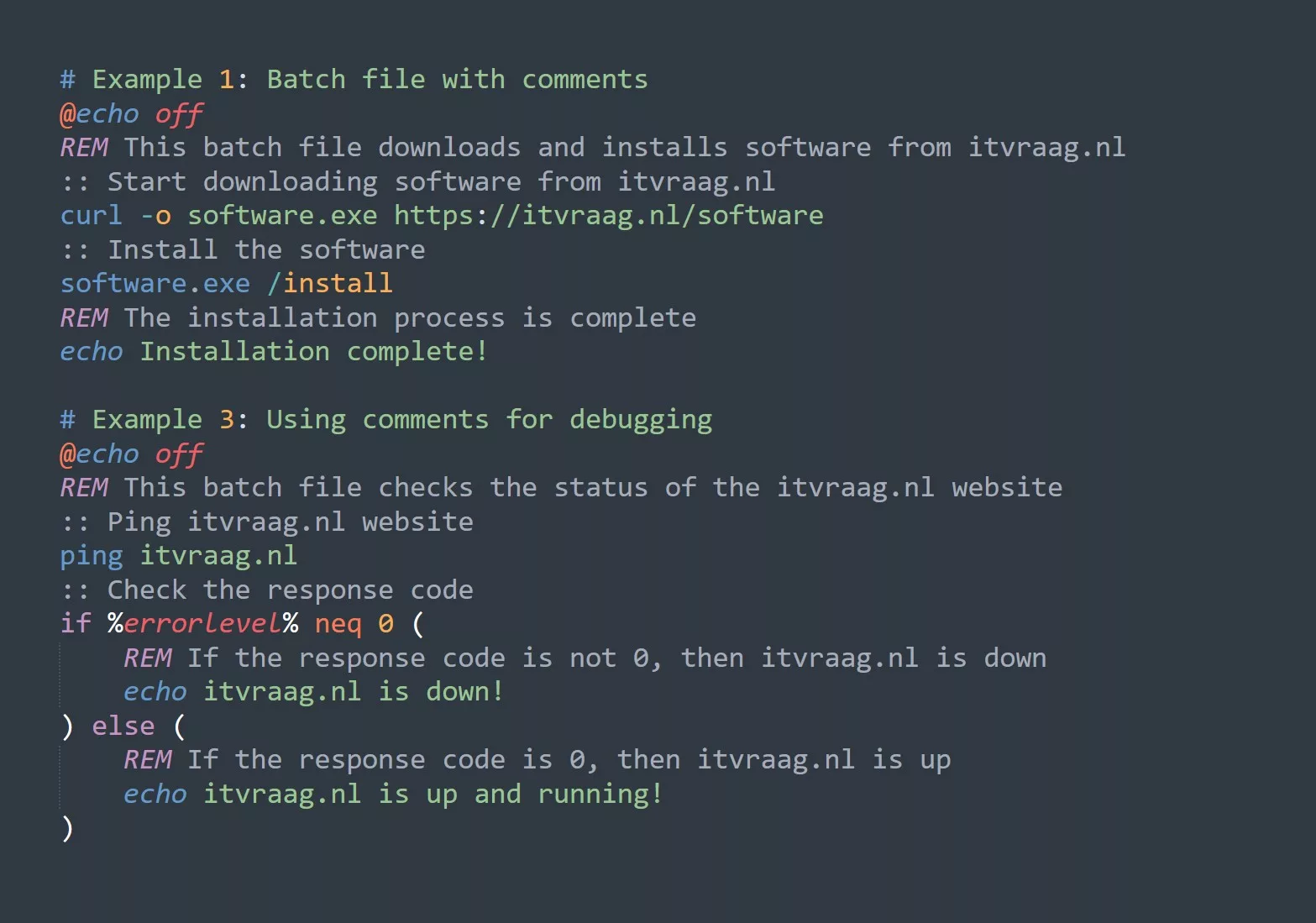What are cron jobs?
A cron job is a scheduled task that runs automatically at specified intervals on a Unix-based operating system. The name “cron” comes from the Greek word “chronos”, which means “time”. Cron jobs are typically used for automation of repetitive tasks, such as running backups, sending emails, or updating databases.
Setting up a cron job
To set up a cron job, you will need to edit the crontab file on your system. This file contains a list of commands that are executed automatically at specified intervals. To open the crontab file, open a terminal window and type the command crontab -e. This will open the file in the default text editor.
To add a new cron job, add a new line to the file in the following format:
* * * * * command_to_be_executed
The first five fields specify the schedule for the cron job, with the fields representing minutes (0-59), hours (0-23), days of the month (1-31), months (1-12), and days of the week (0-7, where both 0 and 7 represent Sunday). The command to be executed is specified in the final field.
For example, to run a script every day at 3:30 am, the line in the crontab file would look like this:
30 3 * * * /path/to/script.sh
Common use cases for cron jobs
- Scheduling regular backups of important files or databases
- Sending automated emails or notifications
- Performing regular maintenance on a website or application
- Running a script to update stock prices or exchange rates
Advanced usage and examples
- Using environment variables in cron jobs To use environment variables in a cron job, you will need to specify the path to the shell that should be used to execute the command. For example, to run a script that uses the
$HOMEenvironment variable, the crontab entry would look like this:
* * * * * /bin/bash -c 'source $HOME/.bashrc; /path/to/script.sh'
- Redirecting output and error messages To redirect output and error messages from a cron job to a log file, you can use the
>and2>operators. For example, to redirect all output and error messages from a script to a log file, the crontab entry would look like this:
* * * * * /path/to/script.sh > /path/to/logfile.log 2>&1
- Using cron to schedule one-time tasks Cron can also be used to schedule one-time tasks. You can use the at command to schedule a command to run at a specific time. For example, to run a script at 3:30 PM on the 15th of next month, you can use the following command:
echo '/path/to/script.sh' | at 3:30 PM 15 +1 month
It is important to note that the exact syntax and usage of cron may vary depending on the specific operating system and distribution you are using. It is always recommended to consult the appropriate documentation before setting up a cron job to ensure that the syntax and usage is correct for your system. Additionally, some operating systems may require additional steps to enable cron jobs or to provide permission for the cron job to be executed.



